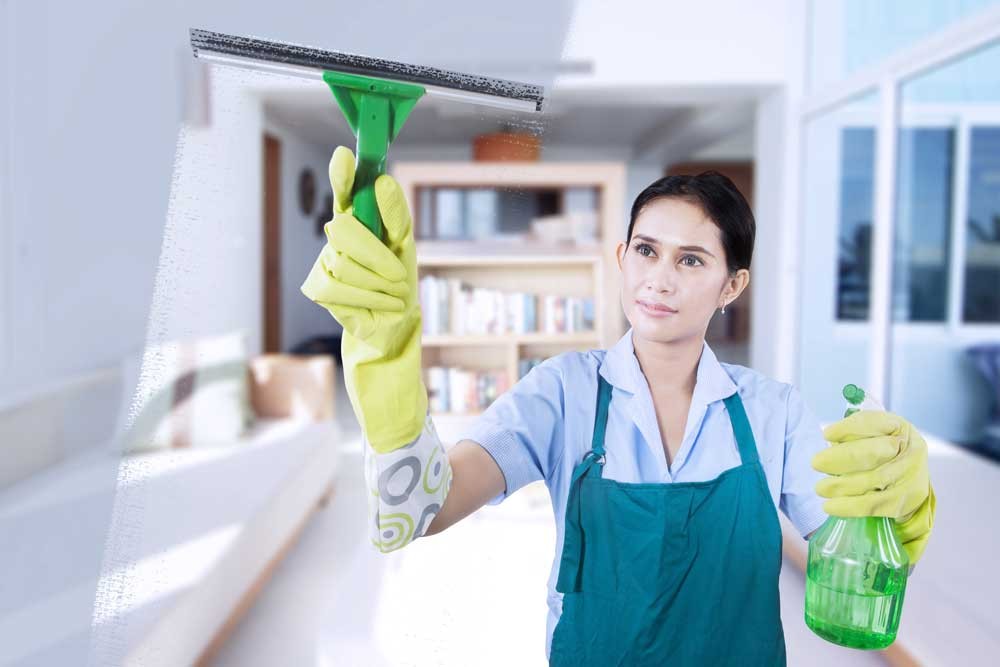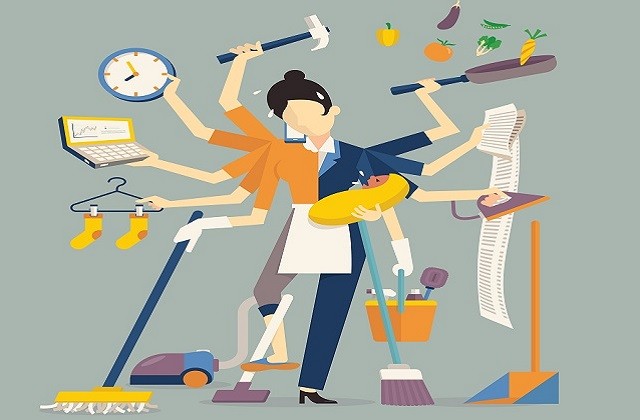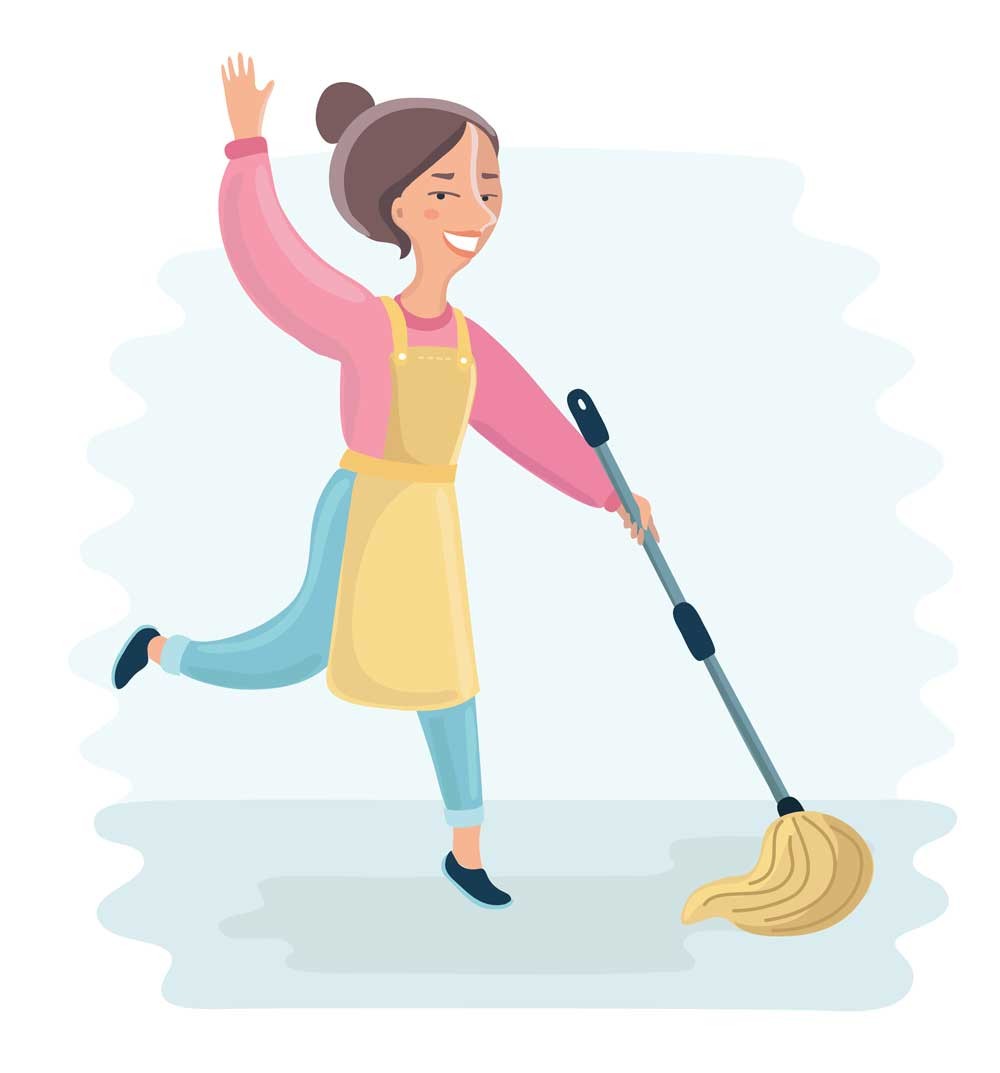Imagine a time when the comforting presence of an "amah" was an integral part of many households. These traditional caregivers, with their distinctive uniforms and nurturing roles, were more than just helpers—they were cherished members of the family. Fast forward to today, and the landscape of domestic help in Singapore has evolved dramatically. From amahs to modern maids, the role of domestic helpers has transformed alongside societal changes, reflecting the nation's growth and shifting needs.
The Rise of the Amahs
In the early 20th century, amahs—women primarily from Guangdong province in China—were a common sight in Singaporean homes. Known for their white blouses, black pants, and neatly plaited hair, they played a crucial role in the lives of many families. Amahs were respected figures who were entrusted with significant responsibilities, from managing household chores to disciplining children. They were often regarded as part of the family, embodying a unique blend of caregiver and family member.
The Shift Towards Modern Maids
As Singapore rapidly industrialised in the late 1960s, more local women entered the workforce. This societal shift created a growing demand for domestic help, as families needed support in managing their homes and caring for children and the elderly. The introduction of the Foreign Domestic Servant Scheme in 1978 marked a significant turning point. This scheme allowed women from neighbouring countries such as the Philippines, Sri Lanka, and Thailand to work as domestic helpers in Singapore.
Increasing Dependence on Foreign Domestic Workers
Today, the dependence on Foreign Domestic Workers (FDWs) in Singapore is more pronounced than ever. With over 250,000 maids working in the country, they have become an essential part of daily life for many families. This shift is driven by several factors, including a rising number of dual-income households, an ageing population, and the increasing demands placed on domestic helpers.
Unlike the amahs of the past, today's maids are often seen as employees rather than family members. They are expected to perform a wide range of tasks, from caring for young children and the elderly to managing complex household chores. The skills required of modern maids are more diverse and demanding, reflecting the changing needs of Singaporean households.
The Modern Maid: A Critical Role in Singaporean Households
The modern maid in Singapore is not just a luxury; she is a necessity for many families. Maids today help children with homework, assist the elderly with daily activities, and manage household tasks, all while navigating cultural differences and language barriers. Their contributions are invaluable, providing much-needed support to families balancing work and home life.
Looking Ahead: The Future of Domestic Help in Singapore
As Singapore continues to develop, the role of domestic helpers will undoubtedly evolve. The demand for FDWs is expected to rise, driven by the continued growth of dual-income families and an ageing population. This trend underscores the importance of ensuring fair treatment and support for domestic workers, recognizing their critical role in Singaporean society.
For families seeking reliable and skilled helpers, Searchmaid.com.sg offers a seamless platform to find the ideal match. Explore a vast database of maids from different agencies, ensuring you find the perfect fit for your household needs.
For more on the evolution of domestic helpers in Singapore, you can refer to the original source.






